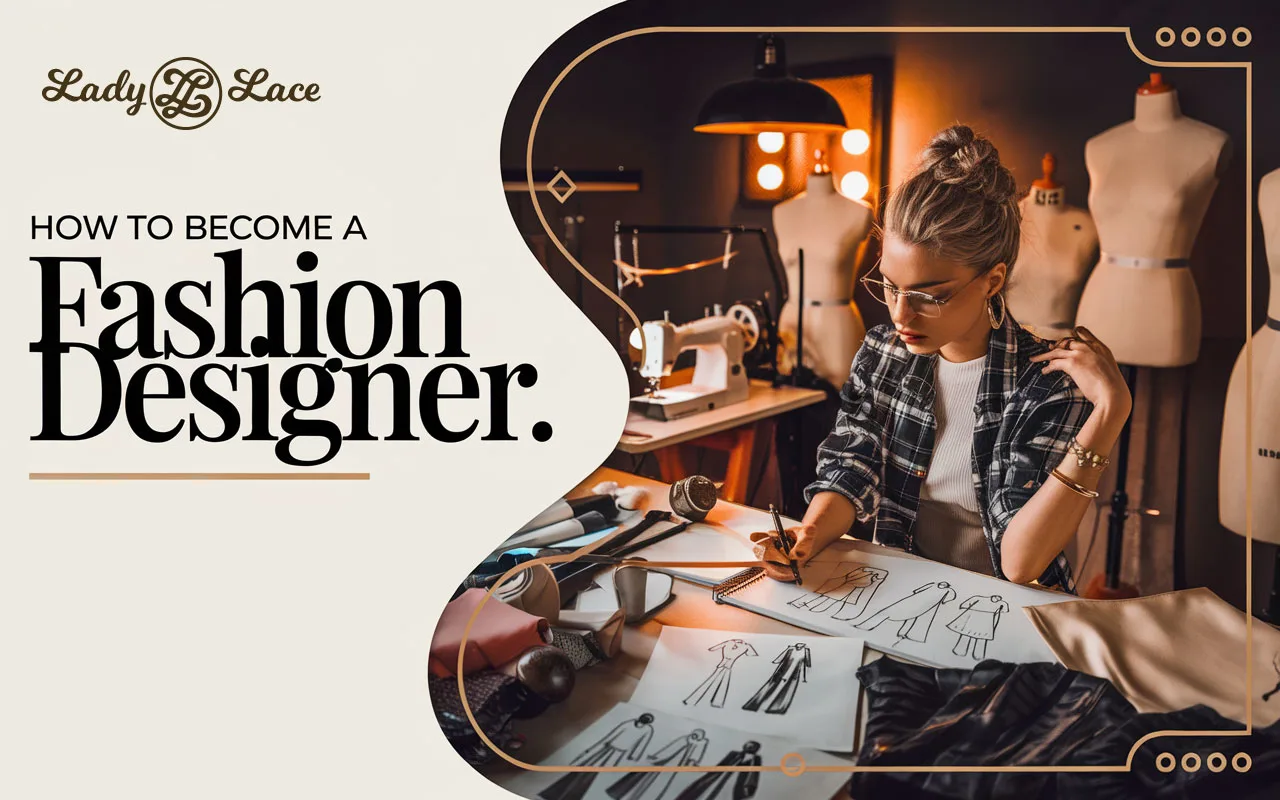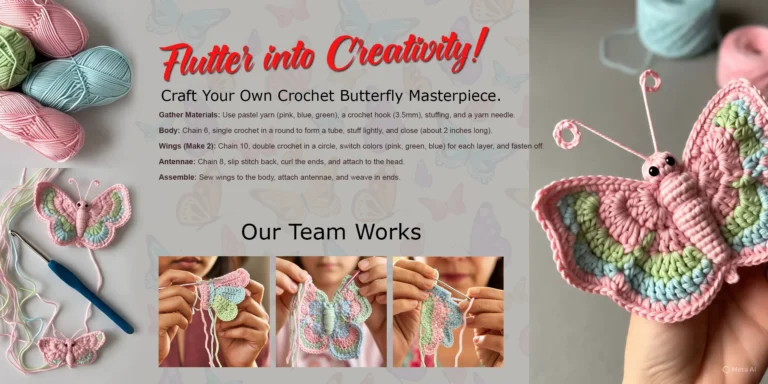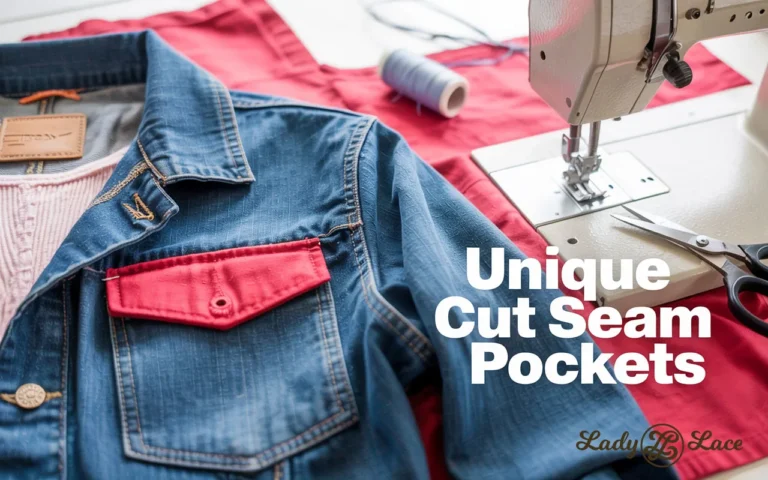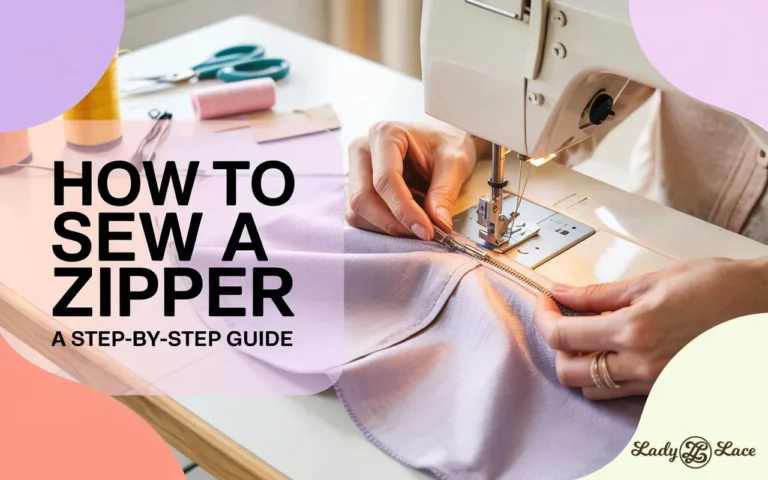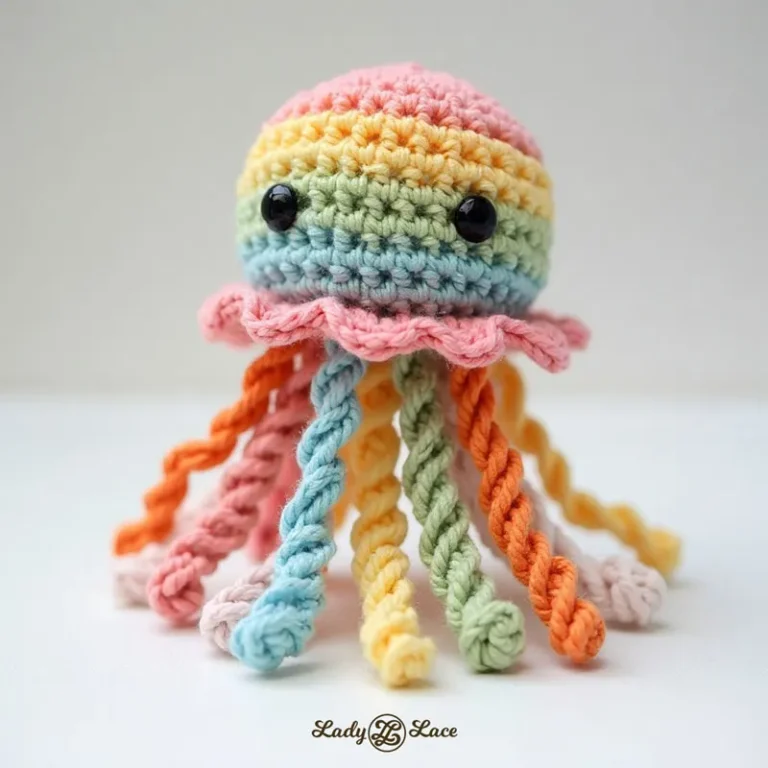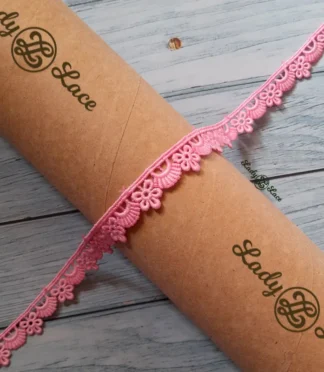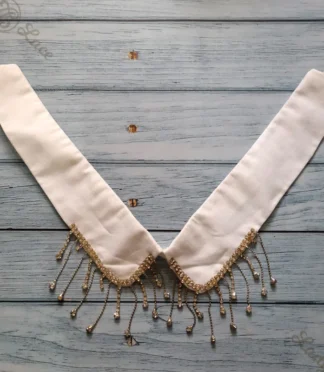Fashion is more than just clothing—it’s an art form, a business, and a powerful means of self-expression. If you have a passion for style and creativity, becoming a fashion designer could be your ultimate dream. But how do you turn your vision into reality?
In this in-depth guide, we’ll explore everything you need to know about becoming a fashion designer, from education and skills to building your own brand. Whether you’re an aspiring designer or someone curious about the industry, this article will provide valuable insights to set you on the right path.
Table of Contents
- What Does a Fashion Designer Do?
- Essential Skills for a Successful Fashion Designer
- Education & Training: Do You Need a Degree?
- Gaining Experience: Internships & Apprenticeships
- Building a Fashion Portfolio
- Understanding the Business Side of Fashion
- How to Start Your Own Fashion Brand
- Common Challenges and How to Overcome Them
- Frequently Asked Questions (FAQs)
1. What Does a Fashion Designer Do?
A fashion designer creates clothing, footwear, and accessories that blend aesthetics with functionality. Their work involves:
- Researching fashion trends and market demands
- Sketching and designing apparel concepts
- Selecting fabrics, colors, and materials
- Overseeing production and quality control
- Collaborating with manufacturers and retailers
- Marketing and branding their collections
Some designers work for established brands, while others launch their own labels. Regardless of the path you choose, creativity, innovation, and business acumen are crucial to success.
2. Essential Skills for a Successful Fashion Designer
To thrive in the competitive fashion industry, you need a combination of artistic talent and business expertise. Here are some essential skills every fashion designer should develop:
Creative & Technical Skills
- Sketching & Illustration – Ability to translate ideas into visual designs
- Fabric & Textile Knowledge – Understanding different materials and how they behave
- Pattern Making & Sewing – Knowing how to construct garments from scratch
- Computer-Aided Design (CAD) – Proficiency in digital tools like Adobe Illustrator
Business & Marketing Skills
- Trend Analysis – Keeping up with current fashion movements
- Branding & Promotion – Creating a strong identity for your designs
- Networking – Connecting with industry professionals and influencers
- Retail & E-commerce – Selling your products effectively online and in stores
3. Education & Training: Do You Need a Degree?
While a formal degree is not mandatory, it can provide structured learning and valuable industry connections. Some of the top fashion schools worldwide include:
- Parsons School of Design (New York, USA)
- Central Saint Martins (London, UK)
- Fashion Institute of Technology (FIT) (New York, USA)
- Polimoda (Florence, Italy)
Alternative Learning Paths
If traditional education isn’t an option, consider:
- Online Fashion Design Courses – Platforms like Coursera and Udemy offer flexible learning.
- Self-Study & Practice – Teach yourself by experimenting with sketches and fabrics.
- Workshops & Short Programs – Hands-on learning with industry experts.
4. Gaining Experience: Internships & Apprenticeships
Practical experience is crucial in the fashion industry. Look for:
✔ Internships at Fashion Houses – Work under established designers to gain hands-on experience.
✔ Apprenticeships with Tailors & Pattern Makers – Learn the craft from skilled professionals.
✔ Freelance Work & Small Projects – Start by designing outfits for local clients or online platforms.
Networking during internships can open doors to future job opportunities.
5. Building a Fashion Portfolio
A strong portfolio is your visual resume. It should include:
- High-quality sketches & digital designs
- Photos of completed garments & prototypes
- Mood boards & inspiration sources
- A variety of styles to showcase versatility
Your portfolio should be accessible online via a personal website or Instagram page to attract potential clients and employers.
6. Understanding the Business Side of Fashion
Fashion isn’t just about creativity—it’s also a business. To succeed, you must understand:
- Pricing & Production Costs – How to budget and set retail prices.
- Marketing & Social Media – Promoting your designs on Instagram, Pinterest, and TikTok.
- Retail & E-commerce – Selling through boutiques, online platforms, or your website.
- Sustainability & Ethical Practices – The growing demand for eco-friendly fashion.
7. How to Start Your Own Fashion Brand
Dreaming of launching your own label? Here’s a step-by-step plan:
- Develop Your Unique Style & Niche – Find what sets your designs apart.
- Create a Business Plan – Outline your target market, budget, and growth strategy.
- Source Materials & Manufacturers – Choose high-quality, ethical suppliers.
- Build an Online Presence – A professional website and active social media are essential.
- Start Small & Grow – Begin with a capsule collection before expanding.
8. Common Challenges and How to Overcome Them
Starting a career as a fashion designer comes with obstacles:
Challenge: High competition
Solution: Develop a signature style and build strong branding.
Challenge: Financial constraints
Solution: Start with small collections and use crowdfunding or investors.
Challenge: Finding reliable manufacturers
Solution: Research and visit factories before committing to a supplier.
9. Frequently Asked Questions (FAQs)
Q1: How long does it take to become a fashion designer?
It depends on your learning path. A fashion degree takes 3-4 years, but self-taught designers can enter the industry within a few years of dedicated practice.
Q2: Can I become a fashion designer without knowing how to sew?
Yes, but basic sewing knowledge helps in understanding garment construction. Many designers work with professional tailors and pattern makers.
Q3: How much do fashion designers earn?
Salaries vary widely. Entry-level designers earn around $40,000 per year, while top designers make millions through branding and endorsements.
Q4: What software do fashion designers use?
Common tools include Adobe Illustrator, CorelDRAW, and CLO 3D for digital fashion design.
Q5: Is the fashion industry hard to break into?
Yes, but with persistence, networking, and a strong portfolio, you can establish yourself in the field.
Becoming a successful fashion designer requires a mix of creativity, technical skills, and business acumen. Whether you choose to work for a major brand or start your own fashion line, dedication and continuous learning are key.
Ready to take the next step? Start sketching, learn from experts, and build your personal brand today!

